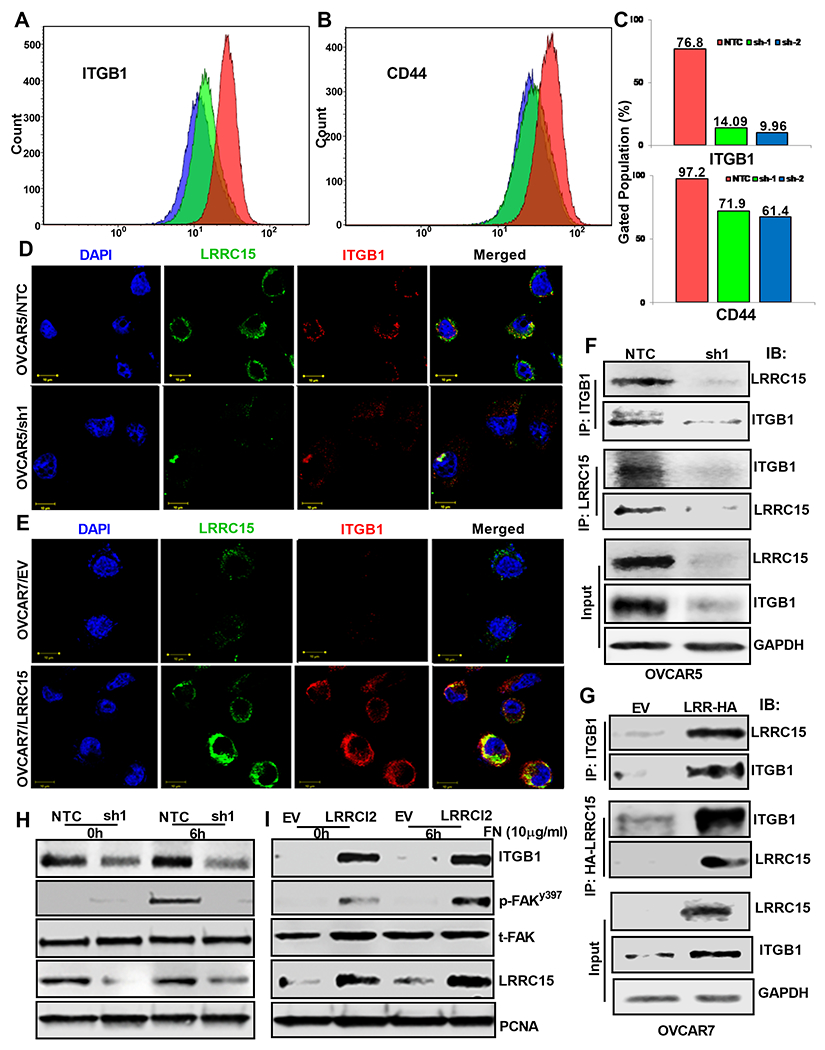Figure 5: β1 integrin-LRRC15 interaction activates the FAK signaling.

(A-B) OVCAR5 NTC, sh1 and sh2 cells were grown in fibronectin coated plates for 24hrs followed by flow cytometry analysis against fluorescently tagged ITGB1 and CD44. (C) Percent of cells with positive signal were plotted. (D) Co-localization studies between LRRC15 (green) and ITGB1 (red) in the OVCAR5 NTC and sh1 cells and (E) in the OVCAR7 EV and LRRCl5 cells was evaluated using the confocal imaging. DAPI was used to stain the nucleus and the merged images were represented in both the cases. Scale bar 10μm. (F) OVCAR5 NTC and sh1 cell extracts were immunoprecipitated with anti-ITGB1 and the co-precipitated LRRC15 was detected by western analysis and vice versa. (G) Similar immunoprecipitation studies were performed in the OVCAR7 EV and LRRC15 overexpressing cells. GAPDH was used as a loading control in both the cases. (H) NTC and sh1 OVCAR5 cells were grown on FN coated plates for 6hrs followed by western blot analysis. FAK pathway activation was performed by analyzing the p-FAKy397 and total FAK levels. (I) Similar immunoblot analysis of OVCAR7 EV and LRRCl5 cells. PCNA was used for loading control. LRRC15 KD and OE was confirmed by probing against LRRC15 in the cell lysates respectively.
